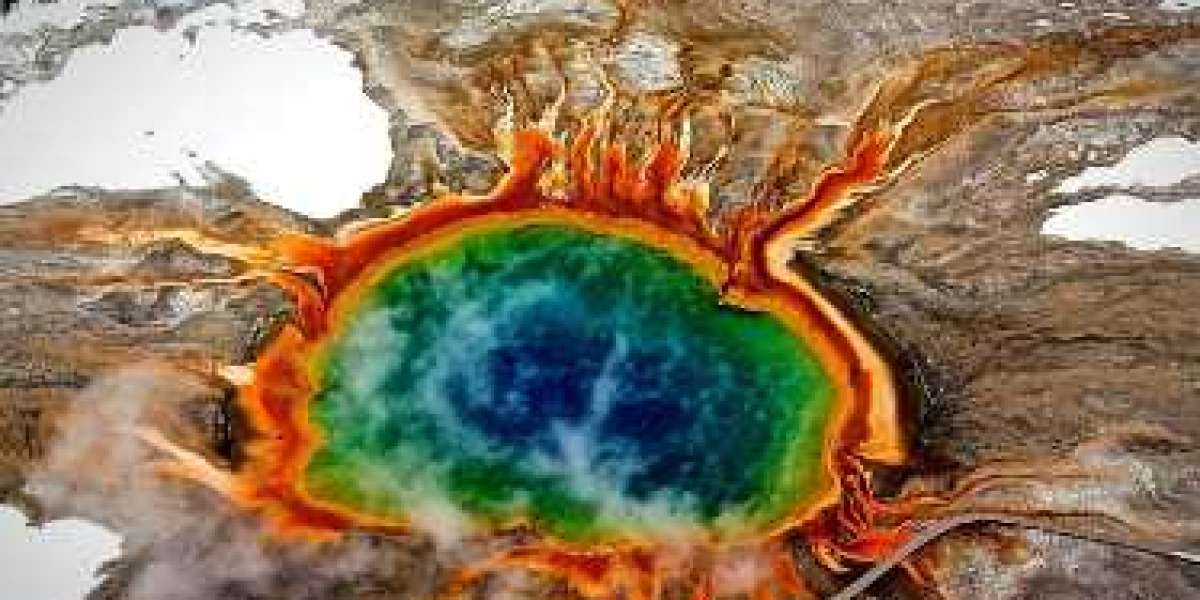Yellowstone National Park is a marvel of natural beauty and ecological diversity. Established in 1872, it is the first national park in the world, renowned for its geothermal features, diverse wildlife, and breathtaking landscapes. This guide provides an in-depth look at Yellowstone's highlights, history, and tips for an unforgettable visit.
History of Yellowstone National Park
Early Exploration and Establishment
Yellowstone's history dates back thousands of years, with Native American tribes inhabiting the area long before European explorers arrived. The park was officially established on March 1, 1872, by President Ulysses S. Grant, making it the first national park in the world.
Geology and Formation
Yellowstone sits atop a volcanic hotspot, leading to its unique geothermal features. The park's landscape was shaped by volcanic eruptions, glaciers, and erosive forces over millions of years, creating its iconic geysers, hot springs, and calderas.
Geothermal Wonders
Old Faithful
Old Faithful is one of Yellowstone's most famous geysers, known for its predictable eruptions. It erupts approximately every 90 minutes, shooting boiling water up to 185 feet in the air, providing a spectacular natural display.
Grand Prismatic Spring
The Grand Prismatic Spring is the largest hot spring in the United States and the third-largest in the world. Its vibrant colors, ranging from deep blue to fiery red, are caused by thermophilic bacteria living in the mineral-rich waters.
Mammoth Hot Springs
Mammoth Hot Springs features a series of terraces formed by the deposition of calcium carbonate. The terraces are continually changing due to the geothermal activity, creating a dynamic and ever-evolving landscape.
Wildlife in Yellowstone
Bison
Yellowstone is home to one of the largest bison populations in North America. Visitors can often see these majestic creatures grazing in meadows or crossing roads within the park.
Grizzly Bears and Wolves
The park is a critical habitat for grizzly bears and wolves, which were reintroduced in the 1990s. Observing these apex predators in their natural environment is a highlight for many visitors.
Birdwatching
Yellowstone is a birdwatcher's paradise, with over 300 bird species recorded in the park. From bald eagles to trumpeter swans, the diverse avian population adds to the park's ecological richness.
Scenic Landscapes
Yellowstone Lake
Yellowstone Lake is the largest high-altitude lake in North America, offering stunning views and recreational opportunities such as fishing, boating, and kayaking.
Hayden Valley
Hayden Valley is a prime location for wildlife viewing, especially during dawn and dusk. The valley's expansive meadows and winding river create a picturesque setting for spotting animals.
Grand Canyon of the Yellowstone
The Grand Canyon of the Yellowstone is a dramatic canyon carved by the Yellowstone River, featuring stunning waterfalls and colorful rock formations. The most famous viewpoints are Artist Point and Lookout Point.
Visiting Yellowstone
Best Time to Visit
Yellowstone is open year-round, but the best time to visit depends on your interests. Summer is the most popular season, offering warm weather and accessible trails. Spring and fall are ideal for wildlife viewing, while winter provides opportunities for snowshoeing and snowmobiling.
Accommodations
The park offers a range of accommodations, from rustic campsites to historic lodges. Popular options include the Old Faithful Inn, Lake Yellowstone Hotel, and various campgrounds.
Tips for Visitors
- Plan Ahead: Reservations for accommodations and tours fill up quickly, so book well in advance.
- Stay Safe: Follow park regulations, keep a safe distance from wildlife, and be prepared for changing weather conditions.
- Leave No Trace: Preserve the park's natural beauty by packing out all trash and respecting the environment.
Conclusion
Yellowstone National Park is a treasure trove of natural wonders, from its iconic geysers to its diverse wildlife and stunning landscapes. Whether you're an avid nature enthusiast or a casual traveler, Yellowstone offers an unparalleled experience of America's great outdoors. Plan your visit carefully, respect the natural environment, and immerse yourself in the beauty and wonder of this extraordinary national park.








